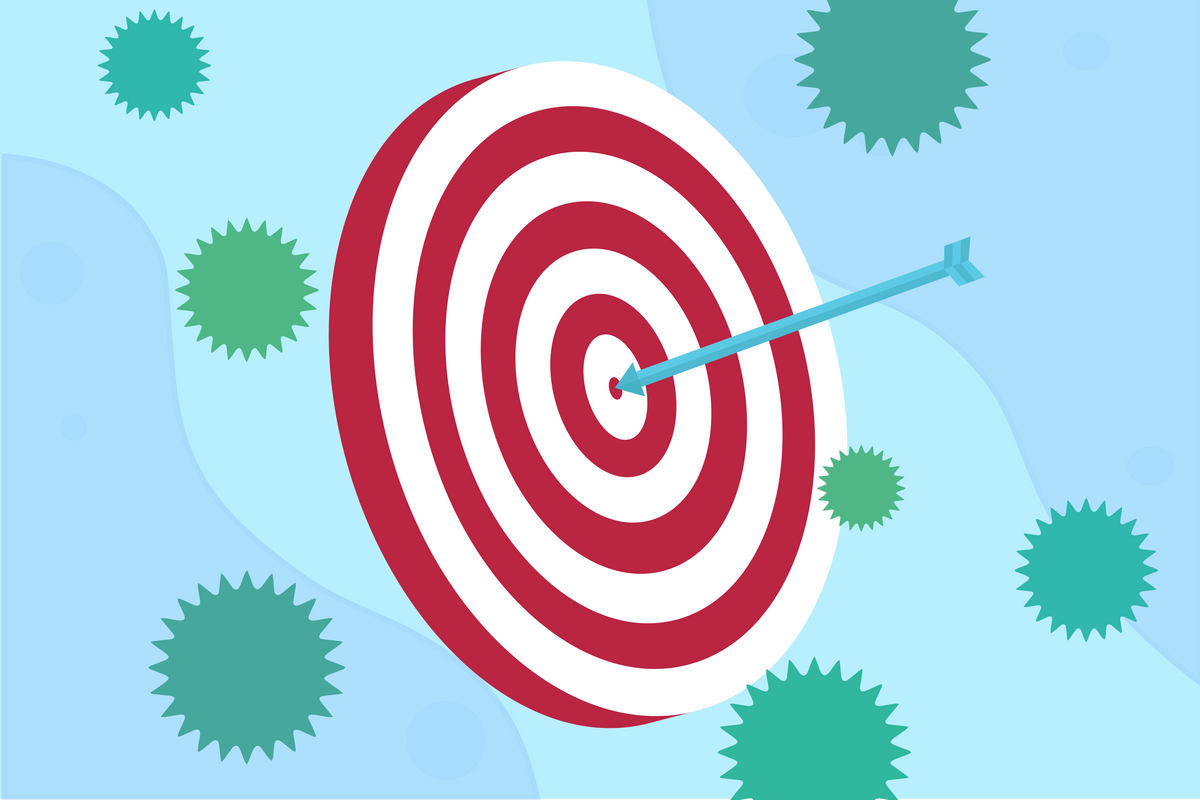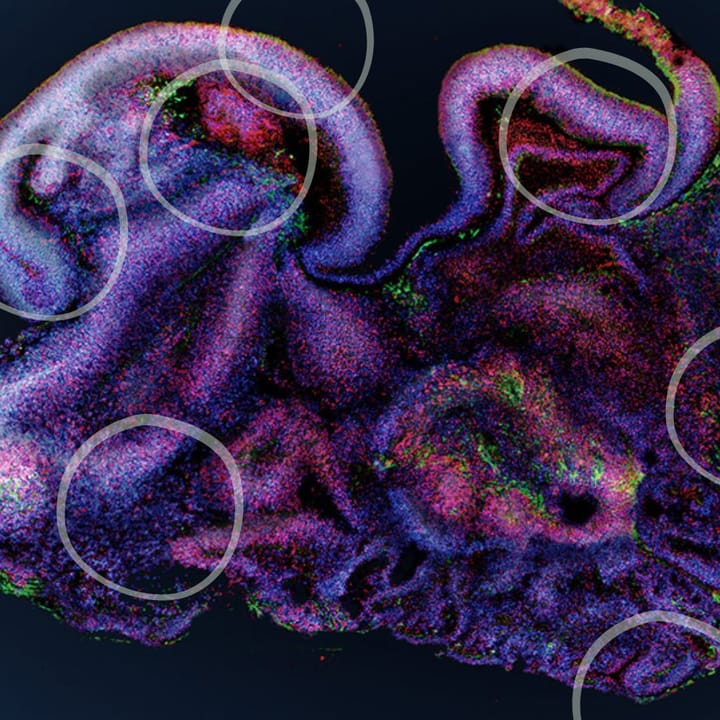Cancer is the second leading cause of death globally - nanoparticles could help combat this epidemic through targeted drug action. By Rakshith H and Nidhi V.
Crowned “The Emperor of All Maladies” by the physician Siddhartha Mukherjee in his eponymous work, cancer towers as the most severe healthcare problem of the 21st century. In 2020, a staggering 19.3 million cases were reported worldwide. By 2025, this is predicted to climb to 30 million in India alone, making it the cancer hotspot of Asia. In light of this, it is imperative that current diagnostic and therapeutic strategies for treating this aggressive disease are better understood by the wider public.
Though cancer research has been at the forefront of biomedical research for 250 years, early-stage diagnosis remains a challenge because it can develop for any number of reasons. These include poor lifestyle choices, and contact with mutagens like radiation or viruses which can result in genetic changes with deadly consequences. Mutagens specifically can alter the genetic composition of the cell resulting in loss of contact inhibition. This is an essential feature that allows cells to regulate their growth and division, without which the cell can grow uncontrollably, ultimately developing into a tumour. If untreated, this can result in cancer with potentially fatal consequences.
Along with this decreased response to growth-inhibiting signals, cancer cells can also be immune to programmed cell death (apoptosis) and extremely susceptible to spreading to different organs (metastasis). As such, current research is geared towards developing more effective treatments.
Chemotherapy is one such treatment that uses one or more anti-cancer drugs simultaneously. Novel compounds like Cisplatin, Carboplatin, and Oxaliplatin are a few examples of the platinum-based chemotherapeutics that are currently very effective against cancer. However, such treatments are notorious for their numerous side effects, such as hair loss, infections, anaemia, bleeding and toxicity in a range of organs.
With the global threat of cancer looming over us, can alternative treatments targeting only cancerous cells be developed and delivered to patients?
This targeted drug action was first theorised by the German Nobel laureate, Dr. Paul Ehrlich over a century ago and is the basis of the globally acclaimed Targeted Drug Delivery Systems (TDDS). This treatment loads chemotherapeutic drugs like Cisplatin into nanoparticles which are functionalised with surface ligands that conjugate to the overexpressed surface receptors on malignant cancer cells, enabling precise and directed therapeutic payload delivery.

The versatility of these nano drug delivery systems stems from their customisability which allows them to treat many different types of cancers. Usually composed of lipids in the form of micelles, they can also be prepared using gold and silver nanoparticles called quantum dots - as long as they are functionalised to be biologically compatible. This is why DNA-based nano-systems which are extremely biocompatible have become of specific interest in the field. After these loaded nanobots reach the target cell, the process of drug delivery can be further stimulated to increase the efficacy of the treatment. In some cases of skin cancer, low-frequency ultrasound waves have been successful in disrupting the skin's barrier function, facilitating better drug absorption.
Researchers can verify this by preparing magneto-fluorescent nanoparticles which allows the drug action to be visually observed. Due to their improved optical and magnetic characteristics, these particles experience robust magnetic resonance and emit fluorescence resulting in high-resolution imaging. Not only could this revolutionise cancer diagnosis and open the door to tailored treatments, this level of molecular monitoring could also ease concerns which have long plagued nanotechnologies.
Cancer treatment has been transformed by nanomedicine as it efficiently targets drug delivery to cancerous cells without the harmful side effects observed using current chemotherapies.Although in its preclinical stage, nano-based cancer treatments have proven to be very efficient but are not without their limitations. The expense associated with creating and developing such versatile systems has presented a significant challenge to wide scale production, which would only drive up prices for practitioners and potential patients. This is undoubtedly an exciting area of cancer research, exemplified by the 50,000 papers published in the field of nano-oncology in the last 20 years. With over 200 types of cancer affecting around 20 million people globally, serious investment is required to implement nano-based cancer treatments to support global healthcare infrastructure.
References
Second leading cause of death: https://ourworldindata.org/causes-of-death
19.3 million cases: Deo SV, Sharma J, Kumar S. GLOBOCAN 2020 report on global cancer burden: challenges and opportunities for surgical oncologists. Annals of Surgical Oncology. 2022 Oct;29(11):6497-500.
30 million cases in India: Sathishkumar K, Chaturvedi M, Das P, Stephen S, Mathur P. Cancer incidence estimates for 2022 & projection for 2025: Result from national cancer Registry Programme, India. Indian Journal of Medical Research. 2023 Jan 11
Cancer metastasis: Hanahan D. Hallmarks of cancer: new dimensions. Cancer discovery. 2022 Jan 1;12(1):31-46.
Platinum-based anti-cancer drugs: Zhang C, Xu C, Gao X, Yao Q. Platinum-based drugs for cancer therapy and anti-tumor strategies. Theranostics. 2022;12(5):2115.
Dr. Paul Ehrlich: Zipfel PF, Skerka C. From magic bullets to modern therapeutics: Paul Ehrlich, the German immunobiologist and physician coined the term ‘complement’. Molecular Immunology. 2022 Oct 1;150:90-8.
DNA based drug delivery systems: Kumar, V., Palazzolo, S., Bayda, S., Corona, G., Toffoli, G. and Rizzolio, F. (2016). DNA Nanotechnology for Cancer Therapy. Theranostics, [online] 6(5), pp.710–725. doi:https://doi.org/10.7150/thno.14203.
Using ultrasound to disrupt skin barrier: Kriplani P, Guarve K. Transdermal Drug Delivery: A Step towards Treatment of Cancer. Recent Patents on Anti-Cancer Drug Discovery. 2022 Aug 1;17(3):253-67.
Magneto-fluorescent nanoparticles: Ganguly S, Margel S. Bioimaging Probes Based on Magneto-Fluorescent Nanoparticles. Pharmaceutics. 2023 Feb 17;15(2):686.
50,000 papers on nanooncology: Gedara, N.I.M., Xu, X., DeLong, R., Aryal, S. and Jaberi-Douraki, M. (2021). Global Trends in Cancer Nanotechnology: A Qualitative Scientific Mapping Using Content-Based and Bibliometric Features for Machine Learning Text Classification. Cancers, [online] 13(17), p.4417. doi:https://doi.org/10.3390/cancers13174417.
Cancer statistics: https://www.cancerresearchuk.org/health-professional/cancer-statistics/incidence/common-cancers-compared





